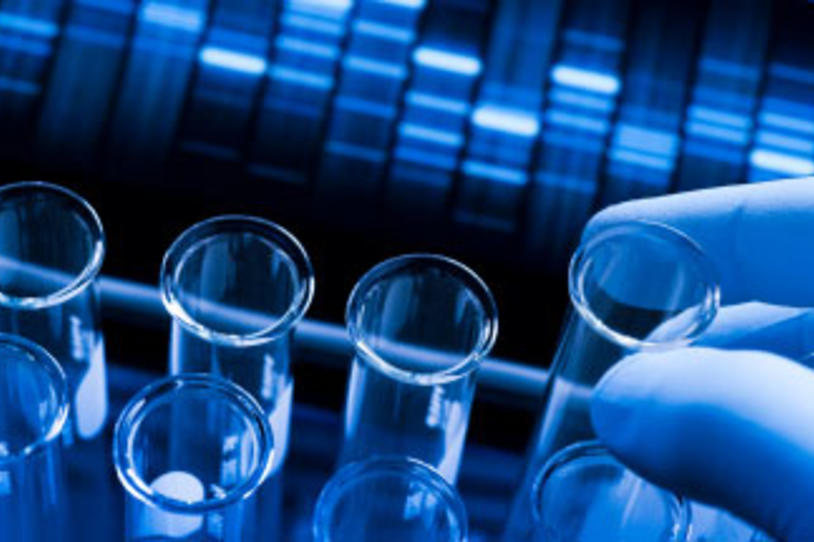
For years, researchers have used baker's yeast — the same ingredient that make bread rise — as a useful model for human diseases, including Parkinson's disease (PD). The yeast contains proteins similar to a PD-related protein called DJ-1, and new research into how yeast proteins function in a cell may help shine light on PD protein activity, according to findings published in the journal PNAS.
The protein DJ-1 has long been linked with Parkinson's disease, but researchers aren't sure what role the protein plays in the cell. In the study, scientists discovered that the yeast proteins that resemble DJ-1 are important for how cells break down and recycle damaged cell parts, in a process called autophagy.
"Lifespan and autophagy are central processes in the context of both Parkinson's disease and cancer," Digital Journal reported on the study. "Based on this, the identified proteins provide researchers with a new model to explore."
The results may offer some insight into the role of DJ-1 in the cell, says Brian Fiske, MD, vice president of research programs here at the Foundation. But he cautions that much more research is needed.
"Researchers have long used yeast as lab models, and the jump from yeast to humans is often not a clear one," he says. "However, any new understanding of the players in Parkinson’s is progress toward better therapies.”